Admit it. There’s two major things you still want from OS X: multitouch support, and 4K support. 4K support would make the Retina iMac finally possible, and as for multitouch, this is where the laptop and desktop market is heading despite Steve Jobs’s protestations about “gorilla arm.”
It’s taking Apple its sweet time to deliver the above, but you don’t have to wait. Sharp has just announced OS X compatibility for their 32-inch 4K touchscreen monitor.
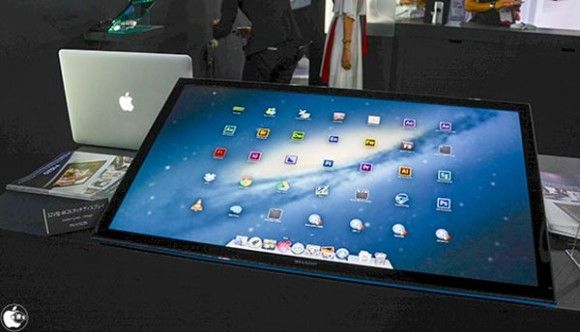


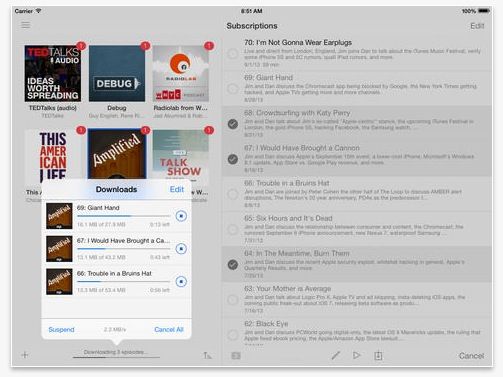


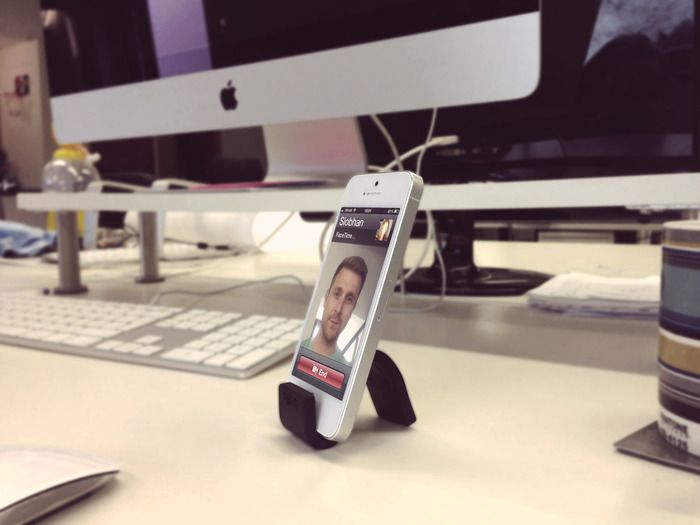
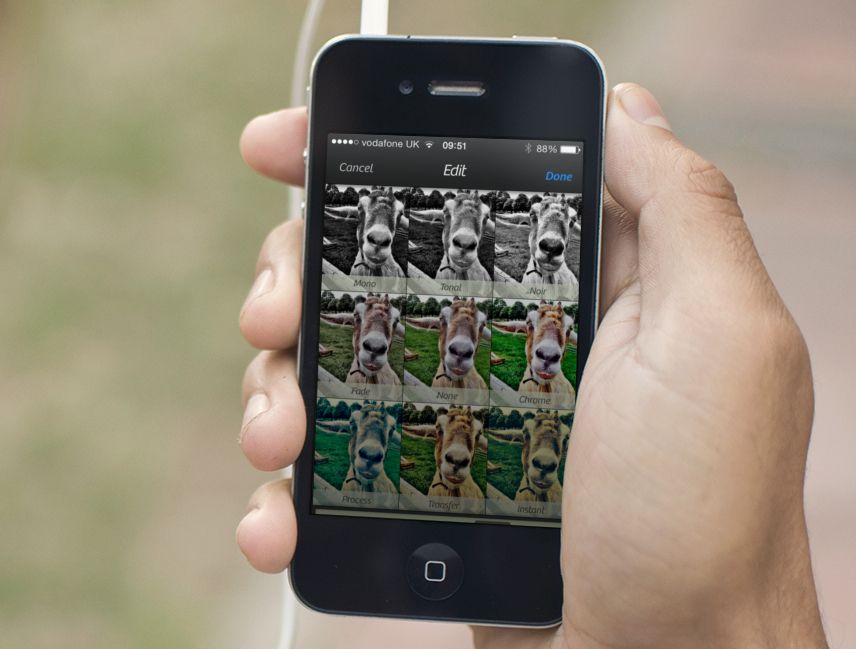
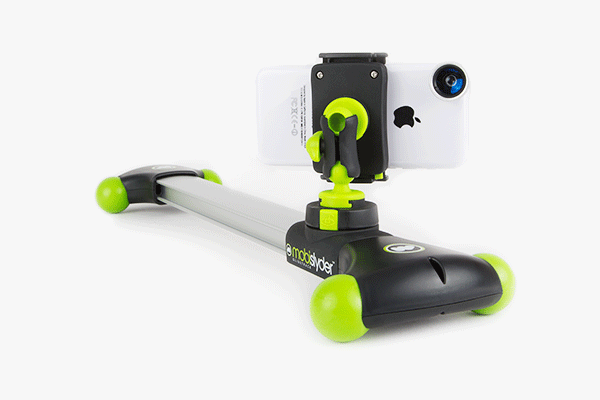


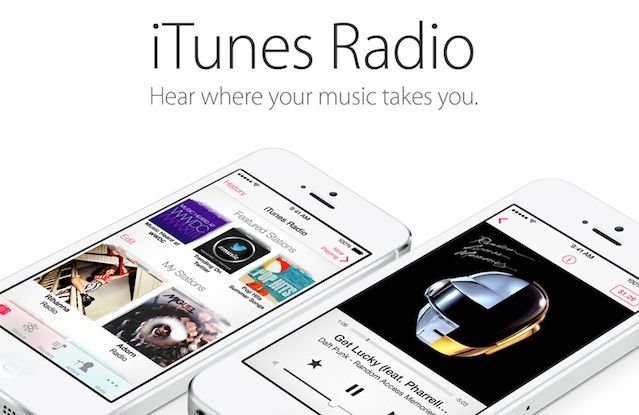
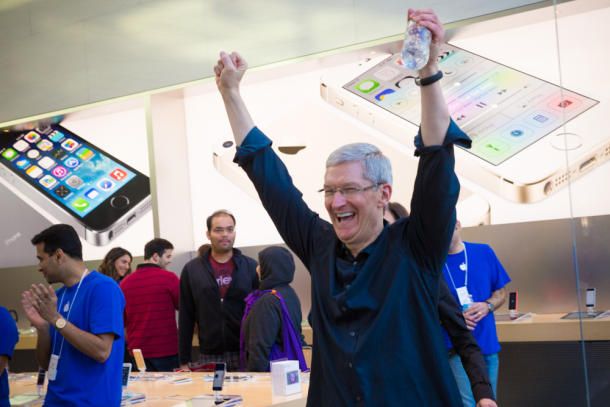

![Last Chance! Take Keynote & PowerPoint To New Heights With Slidevana [Deals] CoM - Slidevanakeforelse](https://www.cultofmac.com/wp-content/uploads/2013/09/CoM-Slidevanakeforelse.jpg)







![Samsung Ripped Off Apple’s Original iPhone Ad For Galaxy Gear Launch [Video] samsunggalaxygear](https://www.cultofmac.com/wp-content/uploads/2013/10/samsunggalaxygear.jpg)
![Aurora Mac Blu-Ray Player: A Seamless Entertainment Experience On Your Mac [Deals] CoM - Auroramainframe](https://www.cultofmac.com/wp-content/uploads/2013/10/CoM-Auroramainframe.jpg)
![Link the Slug Invites You To Commit Cute, Puzzle-Based Genocide [Review] Link the Slug](https://www.cultofmac.com/wp-content/uploads/2013/10/Link-the-Slug-header.jpg)
![Apple Will Finally Add A Larger 4.8-Inch Display To The iPhone 6 [Analyst] iPhone-5s-flat](https://www.cultofmac.com/wp-content/uploads/2013/09/P1040232.jpg)